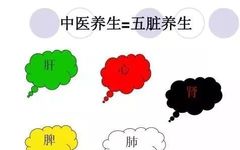The main organs in our body are the Heart (Xin), Liver (Gan), Spleen (Pi), Lungs (Fei), and Kidneys (Shen). As long as we take good care of them, our body will be in great shape. Below, we share a comprehensive guide to nourishing the five organs for everyone to understand.
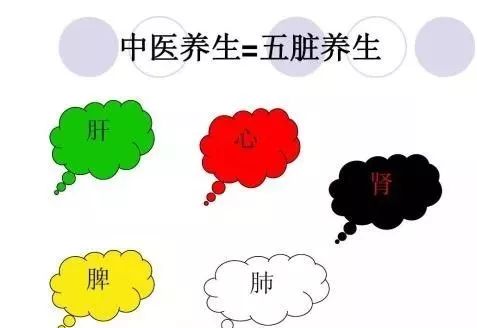
1. Nourishing the Heart
1. Mung Bean Foot Massage for Calming the Heart:
Heat 500 grams of mung beans in a cast iron pot over low heat, then pour them into a basin. After washing and drying your feet, step on the mung beans, massaging as you go. Do this for about 30 minutes, one hour before bed, to strengthen the heart and calm the spirit.
2. Pressing the Navel to Soothe Emotions:
The navel has the Shenque (Spirit Gate) point. Press the navel with your index finger for 5-7 minutes before bed each night to gather the heart’s energy and promote peaceful sleep.
3. Goji Berry and Jujube Seed Tea for Heart Nourishment:
Jujube seeds and goji berries nourish heart blood, while Schisandra (Wu Wei Zi) gathers heart energy. Brew 30 grams of goji berries, 40 grams of roasted jujube seeds, and 10 grams of Schisandra into tea. After three days, sleep quality will improve, and you will feel energetic at work.
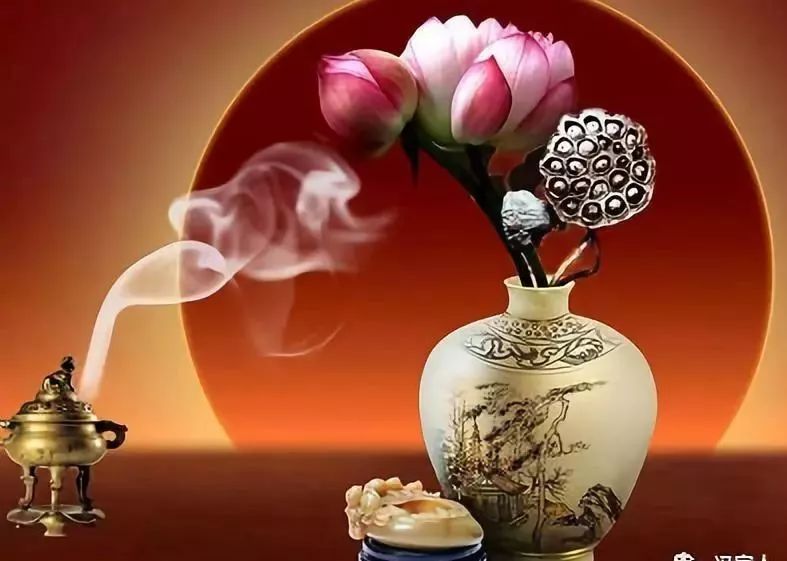
4. Those with a congenital weak heart should sleep early and avoid staying up late. Drinking a cup of carrot juice or tomato juice before bed can nourish the heart.
5. For those with heart blood deficiency, consuming “Longan Porridge” is beneficial. Use 100 grams of longan flesh (Guiyuan) and 120 grams of glutinous rice. First, wash the rice and cook it until half done, then add the longan flesh and cook until done.
Regular consumption of this porridge can nourish the heart, calm the spirit, replenish blood, moisturize the skin, and enhance beauty. Longan contains essential proteins and sugars, primarily glucose, which is easily absorbed by the body, making longan flesh an excellent beauty supplement.
2. Soothe the Liver
1. “Ah Shi Point” Therapy to Alleviate Liver Discomfort:
“Ah Shi Point” means “wherever it hurts is the acupoint,” requiring no analysis. Traditional Chinese Medicine (TCM) believes that “pain indicates blockage.” By gently tapping the painful area rhythmically with your fingers, you can relieve liver spasms, pain, and discomfort.
2. “Five Flavor Ganoderma Tea” for Clarity:
Make tea bags with Ganoderma (Lingzhi), Ligustrum lucidum (Nu Zhen Zi), Astragalus (Huang Qi), Licorice (Gan Cao), and Siberian Ginseng (Ci Wu Jia). Regular consumption can protect the liver and combat aging.
3. Since the liver opens to the eyes, make sure to rest your eyes for 5 minutes every hour.
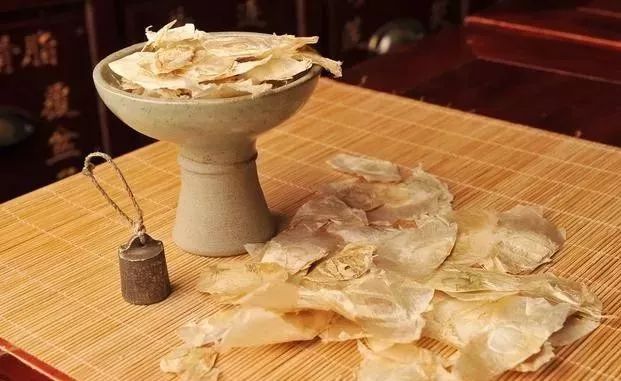
4. Eat more green and sour foods:
In the five colors and five flavors, green corresponds to the liver, and sour nourishes the liver. Therefore, those with liver deficiency should frequently consume green and sour foods. Green plums, being green, nourish the liver, and using green plums to brew wine can reduce alcohol’s damage to the liver.
5. Brew tea with rose petals, using 1-3 petals at a time, to help soothe the liver and relieve depression.
6. Liver Nourishing Congee:
Combine 10 grams of tremella (Yin Er), 10 grams of chrysanthemum (Ju Hua), 15 grams of goji berries, and 100 grams of glutinous rice in a pot with an appropriate amount of water to cook congee. After it is cooked, add an appropriate amount of honey to consume.
3. Strengthen the Spleen
1. Ginger Moxibustion:
Use ginger slices to separate moxa from the acupoints and apply moxibustion to the Zhongwan (Middle Cavity), Tianshu (Heavenly Pivot), Qihai (Sea of Qi), Guanyuan (Origin Pass), and Zusanli (Leg Three Miles) points to regulate the spleen and stomach, warm the stomach, stop vomiting, and relieve pain.
2. Abdominal Gua Sha:
Abdominal Gua Sha can help restore normal peristalsis in the intestines and stomach, balancing the yin and yang of the organs.
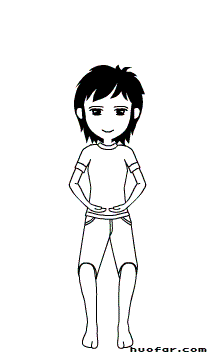
3. Use 10 red dates, 10 grams of Bai Zhu (White Atractylodes), 30 grams of Poria (Fu Ling), and 100 grams of japonica rice. Wash and pit the red dates, crush the Poria, and cook with the rice to make porridge for breakfast.
4. Boil 500 grams of red dates, pit them, and add water to cook until soft, then reduce to a paste and mix with 500 grams of sugar. Take 15 grams each time, twice daily, mixed with warm water. Regular consumption of this paste can replenish deficiencies, treat ailments, prolong life, and enhance beauty.
5. To regulate the spleen and stomach, practice the “Single Lift” from the Ba Duan Jin (Eight Pieces of Brocade) exercise.
Stand with your feet shoulder-width apart. Raise your right hand with the palm facing up and fingers together, pointing left, while pressing down with your left hand, palm facing down, fingers forward, and thumb spread. Look up at your right fingertips for a moment. After returning to the starting position, alternate hands and repeat multiple times.
4. Moisturize the Lungs
1. Breathing Exercises:
Cypress trees can purify the lungs and calm the spirit. Every day from 8-10 AM or 3-5 PM, breathe in through your nose and out through your mouth under a cypress tree, doing this 12 times. Long-term adherence can replenish lung qi.
2. Luo Han Guo Tea and Autumn Pear Syrup are Excellent for Lung Moisturization:
Autumn pears and Luo Han Guo have strong medicinal properties that can quickly strengthen the respiratory system and lung function.
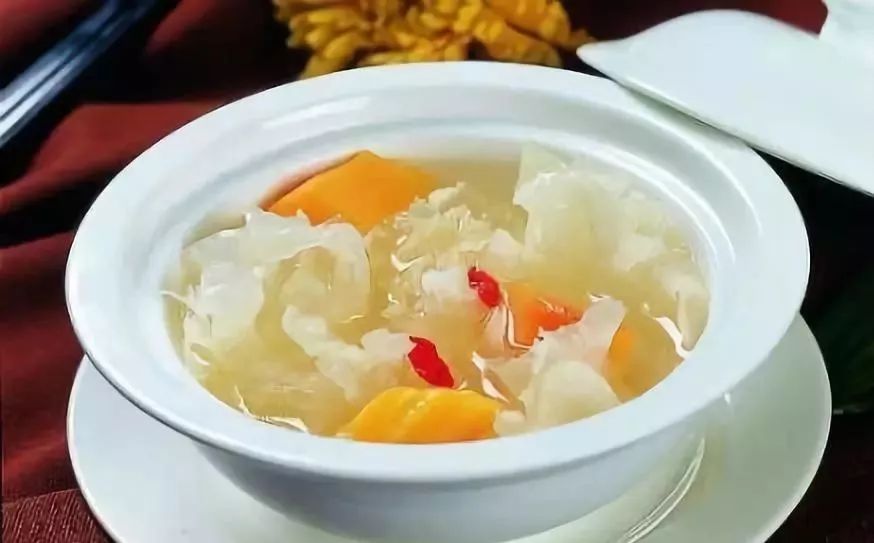
3. White foods can strengthen the lungs and reduce skin sensitivity. Lily is excellent for moistening the lungs and stopping coughs, and it has the best effect on respiratory health. Additionally, white radish, white fungus, and white sesame also have effects of generating fluids and moistening the lungs.
4. For those with lung yin deficiency, it is necessary to replenish lung qi and nourish lung yin by consuming “Lily Congee.” Prepare 30 grams of lily, 100 grams of japonica rice, and an appropriate amount of rock sugar. Cook the lily and rice with an appropriate amount of water. When the congee is nearly done, add rock sugar and simmer for a while before serving in the morning and evening.
5. Cook congee with 10 grams of lily, 10 grams of tremella, 8 almonds, an appropriate amount of rock sugar, and 1 snow pear, suitable for dry cough due to lung dryness.
6. Si Bai Drink:
10 grams of cabbage, 10 grams of lily, 10 grams of white pear, and 10 grams of white lotus root, with an appropriate amount of honey, steep in water and drink, suitable for dry cough in autumn.
5. Nourish the Kidneys
1. Saliva Nourishment:
Extend your tongue to the outer side of your upper teeth, moving it up, down, left, and right until your mouth fills with saliva, then swallow in three parts. Do this three times each morning and evening.
2. Eat more black foods:
Black foods nourish the kidneys, such as black mulberries, black fungus, black beans, black sesame, and black rice.
3. Consume naturally salty foods in moderation:
Salty foods nourish the kidneys, such as kelp and nori.
4. Eat more kidney-nourishing nuts:
Such as chestnuts, walnuts, and cashews.
5. Eat more kidney-nourishing vegetables:
Such as yam and beans. Soaking black beans in vinegar can replenish “water” and treat “deficiency.” Black beans are rich in protein, helping the body synthesize amino acids and B vitamins, making them a golden remedy in TCM for kidney yin deficiency.
6. Kidney Nourishing and Beauty Porridge:
Use 30 grams of sesame, 50 grams of walnut kernels, and an appropriate amount of glutinous rice, cooking them together with an appropriate amount of water for breakfast.
7. External Labor Palace Kidney Nourishment Method:
Every night before sleep, press the backs of both hands tightly against the lower back, lying on your back in bed. After 5-10 minutes, the warmth will gradually spread throughout the body.
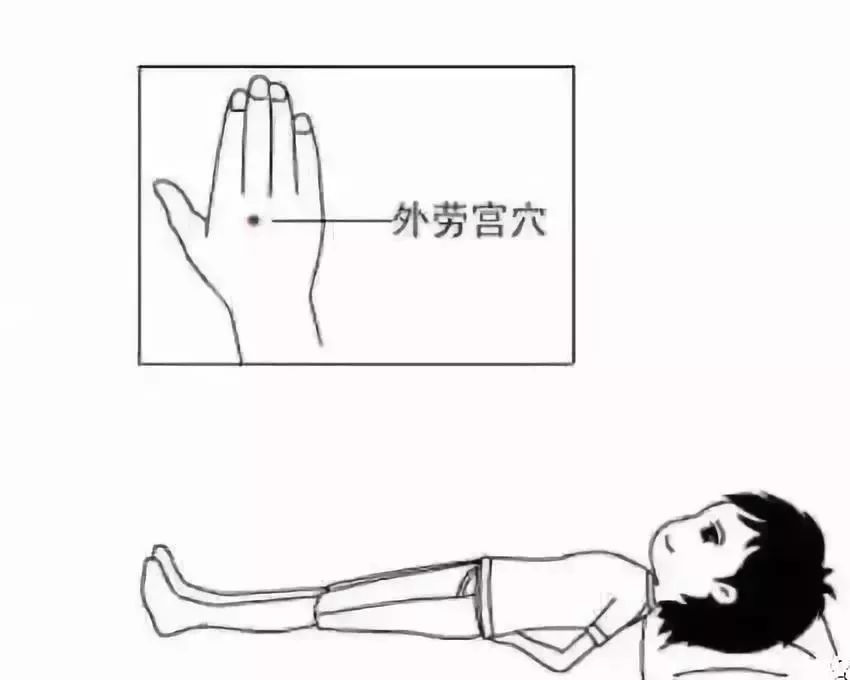
At first, the pressure from the hands on the lower back may cause a tingling sensation, but after 3-5 days, you will adapt and it will disappear, and your legs will feel relaxed and agile.
Whether at night or during the day, as long as you lie in bed and keep your hands pressed against your kidneys for half an hour, you will see remarkable effects.
8. Rubbing the Kidney Points:
The “waist is the residence of the kidneys.” Rubbing the kidney points can unblock the meridians, enhance kidney function, promote blood circulation, and improve lumbar muscle endurance.
Kidney Point:
Located in the depression 3-4 inches to the left and right of the spinous process of the third lumbar vertebra.
Massage methods are as follows:
1. Rub your hands together until warm, then press firmly on the kidney points, pausing for a moment, then vigorously rub down to the tailbone (Changqiang point). Do this 50-100 times, once in the morning and once in the evening.
2. Lightly clench your fists and rotate to massage the kidney points for about 5 minutes.
3. Lightly tap the kidney points with your fists or pinch the lower back for 3-5 minutes.
Small actions can lead to significant health benefits, simple and effective, and can be done daily without cost or side effects.
———-Separator———-
If you like this article, follow our public account and share it with your friends,
Let’s learn TCM together!

Long press the QR code to follow
Disclaimer: The images and text are sourced from the internet, and the copyright belongs to the original author. If there are any copyright issues with the reprint, please contact us for removal. The various prescriptions, acupuncture formulas, etc., mentioned in the text are for reference and learning purposes only and should not be used as prescriptions. Please do not use them blindly.

